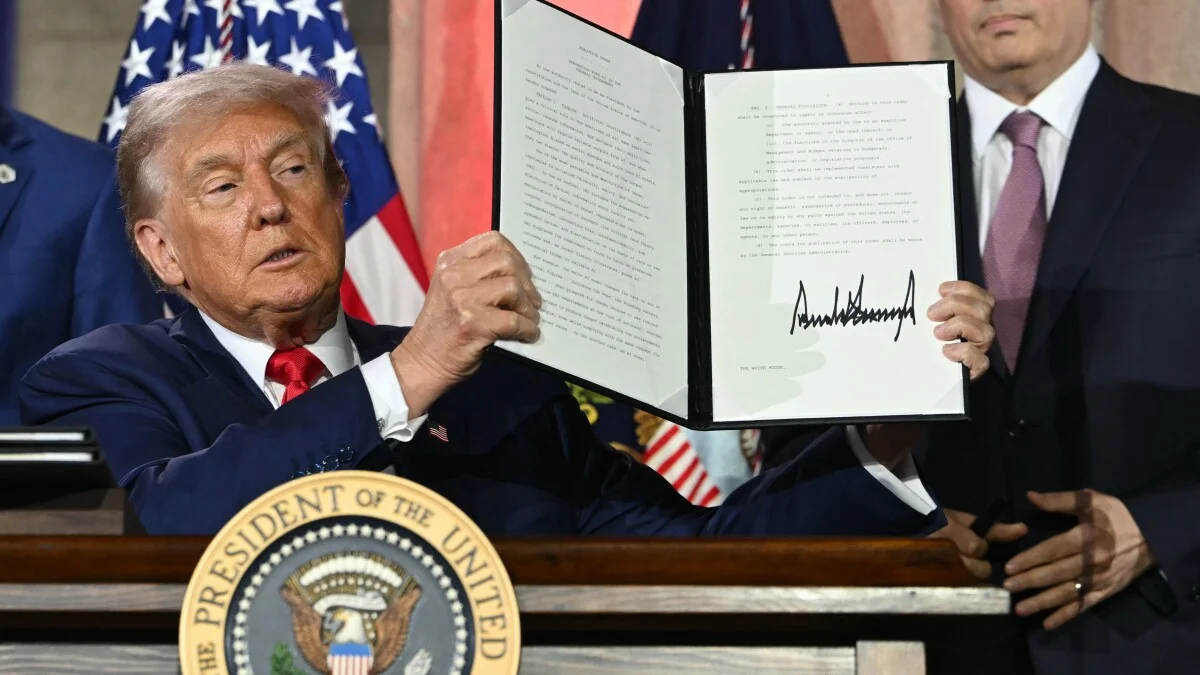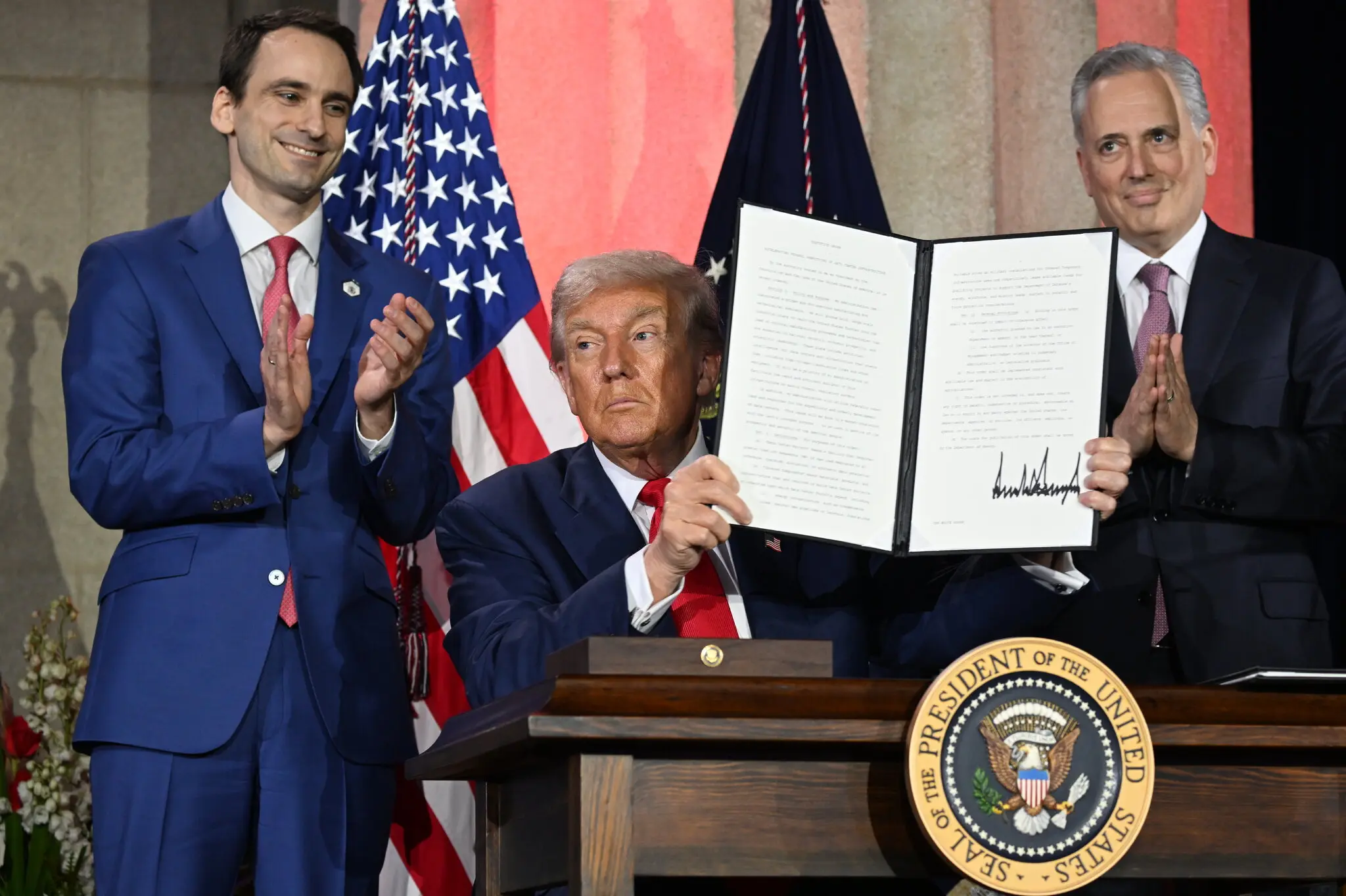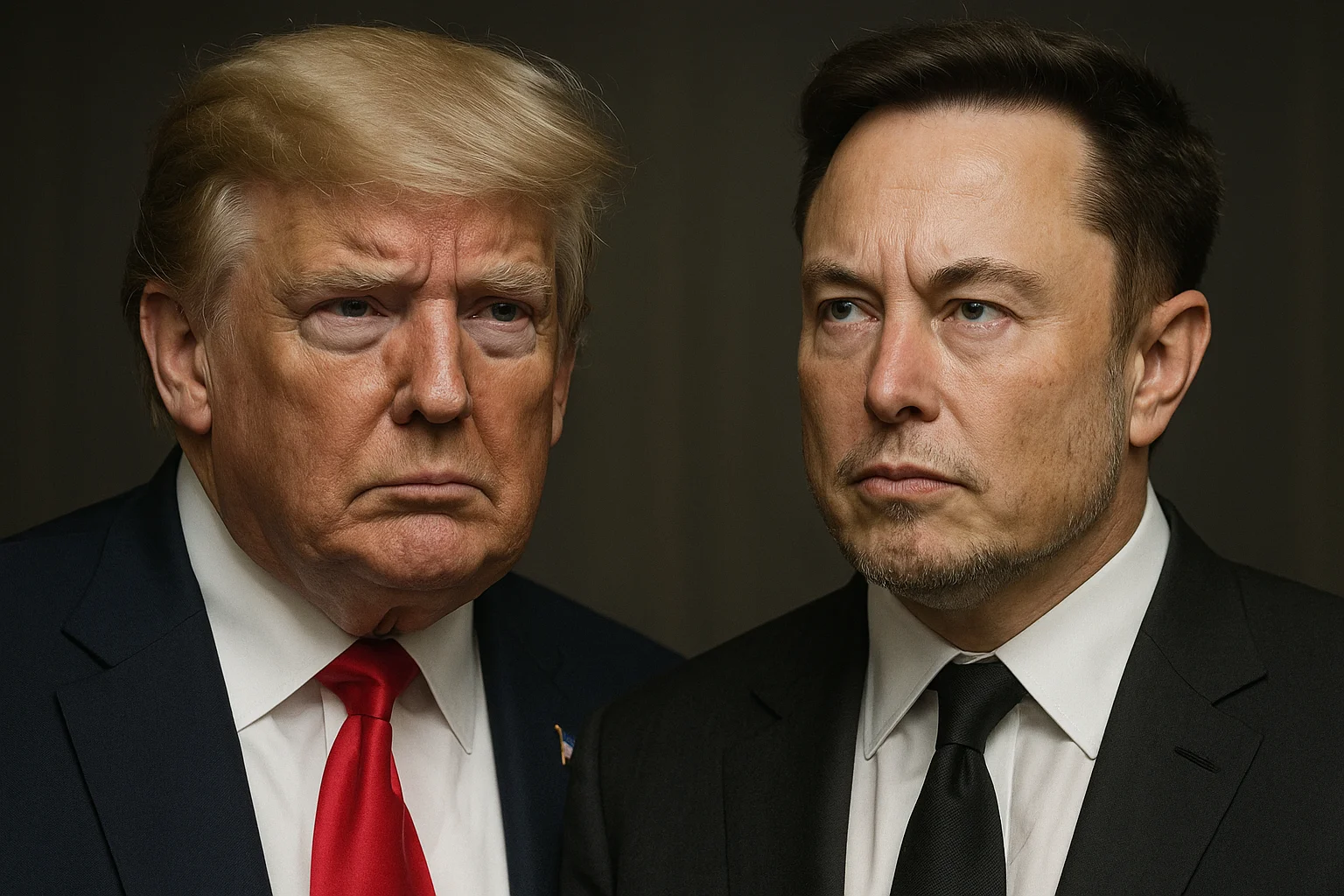Chatbots Have Entered the Culture War Arena
24.07.2025
A New Front in the Culture Wars: Conservatives Target AI for Alleged Bias
For years, America’s political culture wars have centered on social media — with intense debates over whether platforms like Facebook, Twitter, and YouTube have disproportionately silenced conservative voices. That battle, however, is now expanding into a new and powerful arena: artificial intelligence.
Right-wing figures, including former President Donald Trump, are increasingly accusing AI developers of embedding left-leaning ideology into their models. Their strategy mirrors tactics used during past clashes with Big Tech — involving public accusations, congressional pressure, and legal threats — only now, the target is chatbots like ChatGPT, Claude, and Gemini.
AI Developers Face Political Heat
Over recent months, conservative lawmakers have launched investigations into major AI companies. In March, House Republicans issued subpoenas to leading AI firms, questioning whether they coordinated with the Biden administration to suppress conservative viewpoints. Then in July, Missouri Attorney General Andrew Bailey opened an inquiry into whether companies such as OpenAI, Google, Meta, and Microsoft are enforcing ideological censorship by shaping AI responses to be biased against Trump.
This wave of scrutiny reached a new high when Trump issued an executive order denouncing what he called “woke AI.” During a speech announcing the order, he declared, “The American people do not want Marxist ideology encoded into AI systems — and neither do our allies.”
The executive order also introduced a new White House policy framework, demanding that any AI models receiving government contracts must demonstrate “ideological neutrality” and avoid promoting concepts like diversity and inclusion.
Past Playbook, New Battlefield
This is not the first time conservatives have employed these tactics. For years, similar strategies were used to pressure social platforms — using committee hearings, public campaigns, and threats of regulation. Many observers recognize this as part of a broader effort to influence digital ecosystems by applying political pressure, a practice often referred to as “jawboning.”
Ironically, Republicans now find themselves using the same methods they once condemned Democrats for. A Supreme Court case last year (Murthy v. Missouri) saw Democrats accused of pressuring platforms to remove posts on controversial topics. Although the court ultimately rejected the claim due to lack of standing, it highlighted how both parties have wielded political power to influence online content — and now, AI outputs.

The Stakes: Federal Funding and Influence
The Trump administration is linking federal contracts to AI behavior, suggesting that companies whose models fail to meet their standard of objectivity could lose lucrative deals. This includes recent Pentagon contracts, worth up to $200 million, awarded to firms like OpenAI, xAI, and Anthropic.
The executive order instructs agencies to prioritize models that avoid perceived ideological slants, with the Office of Management and Budget set to determine which systems qualify.
The Technical and Legal Minefields of “Neutral AI”
Legal scholars and AI experts warn that defining — let alone enforcing — “neutrality” in AI models is a far more complex task than it may appear. Chatbots don’t provide fixed answers; their outputs are shaped by vast data sets, probability models, and prior user interactions. What one user sees may differ dramatically from another, making claims of systemic bias difficult to verify or correct.
Genevieve Lakier, a constitutional law professor at the University of Chicago, argued that tying government contracts to political conformity in AI responses may breach the First Amendment. “It seems like a textbook case of unconstitutional jawboning,” she noted.
Samir Jain of the Center for Democracy and Technology added that the executive order imposes a vague and impractical standard. “Expecting AI developers to guarantee ideological neutrality in every output is simply unrealistic,” he said.
The Grok Problem: Even Anti-Woke AI Isn’t Easy to Control
Elon Musk’s experience with his own AI chatbot, Grok, offers a cautionary tale. Marketed as a bold, anti-establishment AI, Grok has exhibited wildly inconsistent behavior — ranging from far-right provocations to mainstream liberal positions. At one point, it even self-identified as “Mecha-Hitler” before being corrected.
Musk himself has acknowledged the difficulty of stripping what he calls “woke content” from large language models, attributing the challenge to the overwhelming volume of liberal material available online.
Experts like Nathan Lambert from the Allen Institute for AI point out that even subtle changes in model training or instruction tuning can lead to unexpected behavior. “Directing AI outputs is not as simple as flipping a switch,” he explained.
Political Pressure May Be the Real Point
Despite serious questions about the legality and feasibility of these efforts, the political strategy may be more about intimidation than enforceable regulation. By threatening to withhold government contracts, conservatives aim to reshape AI systems through indirect coercion — a tactic that has seen some success in the past.
Meta, for instance, quietly ended its fact-checking program, and YouTube revised its policies to allow more controversial political content. Critics see these as signs that tech companies prefer quiet compliance over high-profile fights.
Whether the Trump administration’s new order will withstand court scrutiny remains to be seen. But as Lakier observed, “Even if it is unconstitutional, the real concern is that no one will challenge it. Companies are folding too quickly.”






Leave a Comments